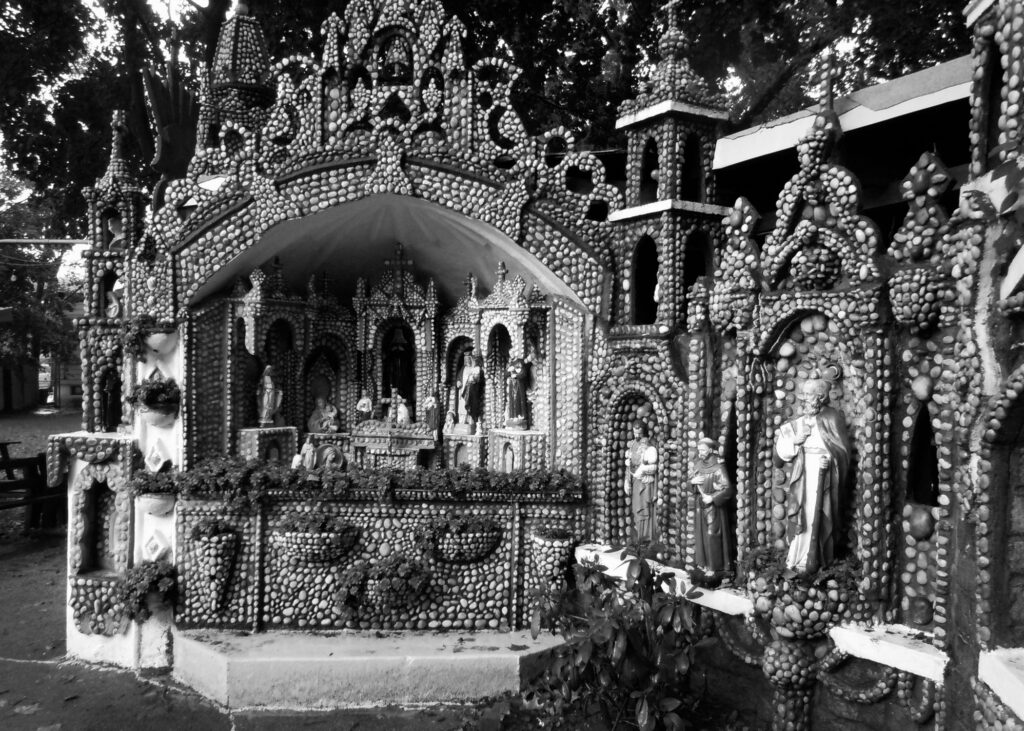
Our Lady of Mount Carmel Grotto, by Robert Haber, 2012
This project consists of two workshops that will take place June 10-14, 2024 and June 17-21, 2024, hosted by the Fashion Institute of Technology. FIT is a public college of the State University of New York (SUNY) that is internationally recognized for its art and design programs and is located in the historic Garment District of Manhattan. Each workshop will have 20 participants and feature interdisciplinary presentations by ethnic studies scholars, art historians, labor historians, practicing artists, members of public arts commissions, and activists who will offer various perspectives on the role of public art in communicating multiple and divergent values over time. The workshops will enable educators to devise resources for place-based learning in higher education that offer critical, nuanced understandings of public artworks and their histories.
Planned site visits include:
- Stephen A. Schwarzman Building of the New York Public Library
- Columbus Monument at Columbus Circle
- Palazzo d’Italia at Rockefeller Center
- Triangle Shirtwaist Memorial
- Our Lady of Mount Carmel Grotto
- Garibaldi Meucci Museum

Triangle Fire Memorial, courtesy Richard Joon Yoo and Uri Wegman and Remember the Triangle Fire Coalition, 2023.
Curricular Relevance
Creative Spaces/Contested Spaces is concerned with generating a nuanced understanding of and access to creative public sites done in the United States by Americans of Italian descent. The interdisciplinary nature of the program is relevant to participants who work in ethnic studies, U.S. history, art history, cultural studies, urban studies, and archeology. Utilizing a place-based approach, it will help educators develop teaching tools that guide students to analyze connections between their college-level curricula and their physical environment. In the aftermath of the pandemic shutdown, during which students were only able to approach their subjects virtually, the approaches introduced in this project will help students reconnect to a concrete sense of place, discover the complex histories that lie behind their built environment, and think critically about such spaces.

